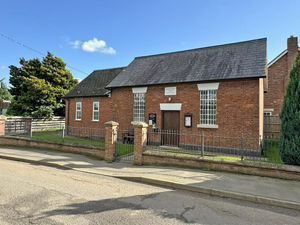Iron Age coins one of the largest hoards found in Shropshire
Iron age coins found in the Teme Valley were one of the largest hoards ever found in Shropshire, it was revealed today.
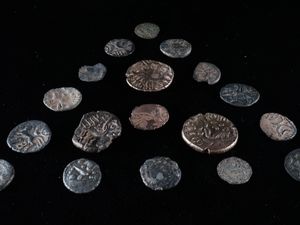
Experts believe that the 15 gold and silver “staters” - which are about 2,000 years old - may be only a portion of the coins that had been found on the south Shropshire farm in the autumn of last year.
A treasure inquest at Shrewsbury’s Shirehall today heard that two metal detectorists, known only to the farmer as Charlie and Andrew, had visited his land several times.

Although they had handed over 19 coins to the farmer, Peter Reavill, from the British Museum, said it was likely that the two men had kept others for themselves.
The men had not been traced and a mobile number they had given the farmer was unregistered.
The farmer only reported the find when he showed them to a friend, who was an archaeologist.
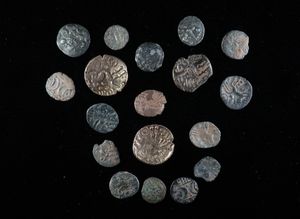
The coins date back to between 50BC and 45AD, Shropshire coroner John Ellery was told.
Mr Reavill said: “Only 50-80 have been found in the whole of Shropshire so this many in one find is extremely rare.”
The coroner declared that 15 of the 19 coins were treasure as they were the gold ones used by the Dubonnic tribe or silver western types, both of which were likely to have been in the Teme Valley.
But the other four were from the East Anglia region.
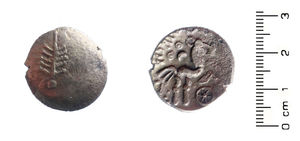
Mr Ellery was told by Mr Reavill that they were highly unlikely to have been found in the area.
“They may have been found elsewhere by the metal detectorists and simply handed to the landowner,” Mr Reavill said.
He said failure to report finds such as this were seen as theft from the Crown and could result in prosecution and fines of up to £5,000 or six months imprisonment.
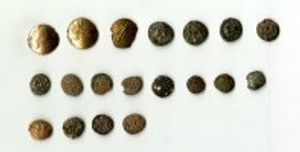
The police had tried to track down "Charlie and Andrew" but had drawn a blank.
“There is a great collectors market for such rare artefacts,” he said.
The Iron Age coins were not believed to have been used as money.
Mr Reavill said: “They were more likely to have been given to people who were loyal to the tribe while hoards may have been placed in important positions in the landscape such as where there was a good source of fuel or water.”


